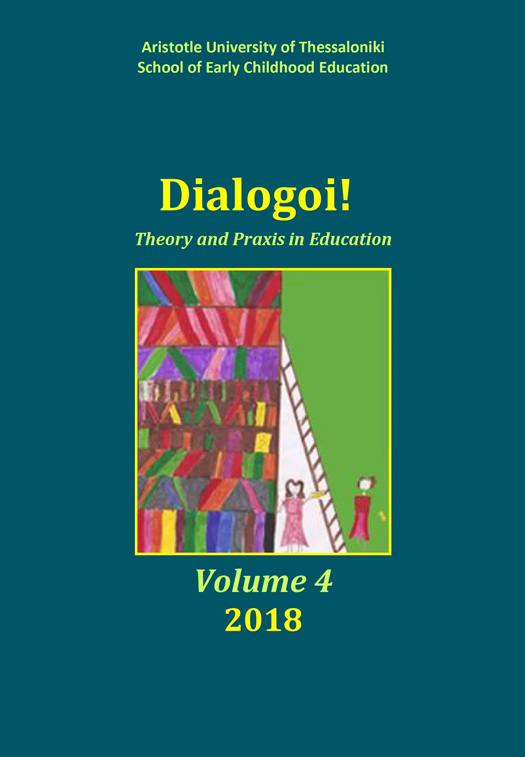Translated children’s and adolescent literature: The Book Thief

Abstract
In this paper we will deal with the comparative study of the book The Book Thief and its translation into Greek and into French. Translating for children can be a difficult task and a more demanding process than translating for adults. Τhis is mainly due to these three parameters: (a) the asymmetry of the entire translation process: adults translate works designated for children and young people; (b) the agency of intermediaries who exert pressure on the translator to observe taboos or follow educational principles; and (c) the limited knowledge and experience that children and young people have about the world. In addition to that, tragic events such as the Holocaust have been approached with great bewilderment in children's and adolescent literature until recently. Publishing houses faced the dilemma of having to present the historical truth on the one hand and attempting not to injure juvenile readers on the other hand. The aim of this paper is to investigate any variations and adaptations of the book The Book Thief in its Greek and French translation through the comparative study and explore the translation strategies adopted during the translation process. More specifically, this paper focuses on the transfer of the trauma from one cultural system into another and aims to come to conclusions about how the trauma is approached in each national literature. The reason for choosing this book as a research material is twofold: a) its great resonance, which is reflected both in sales and acceptance by the readers in many countries as well as in its cinematographic transfer; and b) the issue that it deals with, namely war, trauma and the Holocaust. The examination of this paper was based on Newmark's theory and Venuti’s model about translation strategies for culturally charged elements. A translator, when translating a literary text, balances between the strategies of "foreignization" and "domestication", as Venuti calls them. Domestication is the strategy of making text closely conform to the culture of the language being translated to, which may involve the loss of information from the source text or the simplification of cultural elements. Foreignization is the strategy of retaining information from the source text, and involves deliberately breaking the conventions of the target language to preserve its meaning. The choices that translator makes between these two strategies allow us to understand his aim, whether, in other words, he wishes to remain faithful to the original work or obtain greater translation freedom and give greater weight to the communication value of the produced work. The study of the The Book Thief in its source language and its translations illustrates clearly that the strategy adopted overwhelmingly in the translations of the book into French and Greek is foreignization, while the strategy of domestication was present in limited parts of the novel, mainly for aesthetic and literary reasons. However, in a closer look, we noted that the Greek translation proves greater freedom in its approach and we would still say, a more exonerated look of the past. Literature, as a reflection of the cultural reality in which it is produced and reproduced, can sufficiently offer valid presumptions on social and cultural phenomena. Thus, the Greek translation leads us to the conclusion that Greek society presents less disguised defensive cultural reactions upon the Holocaust comparing to the French and Australian.
Article Details
- How to Cite
-
Κόρκα Ν. (2018). Translated children’s and adolescent literature: The Book Thief. Dialogoi! Theory and Praxis in Education, 4, 144–162. https://doi.org/10.12681/dial.15833
- Issue
- Vol. 4 (2018)
- Section
- New researchers

This work is licensed under a Creative Commons Attribution-NonCommercial-ShareAlike 4.0 International License.
Authors who publish with this journal agree to the following terms:
- Authors retain copyright and grant the journal right of first publication with the work simultaneously licensed under a Creative Commons Attribution Non-Commercial License that allows others to share the work with an acknowledgement of the work's authorship and initial publication in this journal.
- Authors are able to enter into separate, additional contractual arrangements for the non-exclusive distribution of the journal's published version of the work (e.g. post it to an institutional repository or publish it in a book), with an acknowledgement of its initial publication in this journal.
- Authors are permitted and encouraged to post their work online (preferably in institutional repositories or on their website) prior to and during the submission process, as it can lead to productive exchanges, as well as earlier and greater citation of published work (See The Effect of Open Access).


